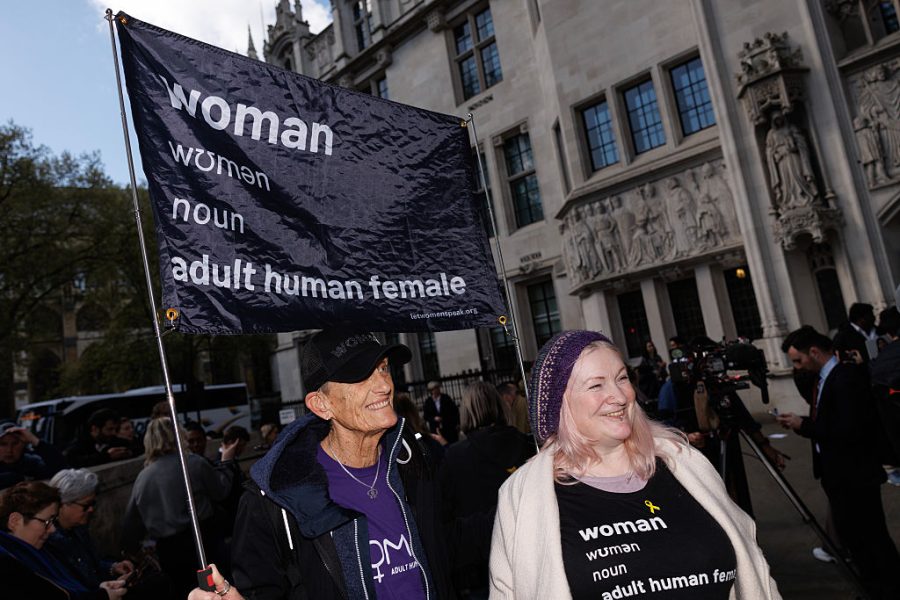The UK Supreme Court has ruled that a woman is someone whose sex is female. The judgment, handed down this morning by Lord Hodge, sought to establish coherence in an area of law that has become the focus of an emotional, and sometimes heated debate. For that we should all be grateful.
The law as it stands is a mess. On one hand, the long-established principle that being a woman is a matter of biology underpinned the Sex Discrimination Act of 1975 – which stated most clearly that, ‘“woman” includes a female of any age, and “man” includes a male of any age’. When the law was updated in 1999 to include protections against discrimination on the grounds of gender reassignment, it did so without changing the meaning of sex.
No longer can the Scottish government try and expand the definition of the word woman
On the other hand, though the Gender Recognition Act of 2004 declares that:
Where a full gender recognition certificate (GRC) is issued to a person, the person’s gender becomes for all purposes the acquired gender (so that, if the acquired gender is the male gender, the person’s sex becomes that of a man and, if it is the female gender, the person’s sex becomes that of a woman).

Get Britain's best politics newsletters
Register to get The Spectator's insight and opinion straight to your inbox. You can then read two free articles each week.
Already a subscriber? Log in







Comments
Join the debate for just £1 a month
Be part of the conversation with other Spectator readers by getting your first three months for £3.
UNLOCK ACCESS Just £1 a monthAlready a subscriber? Log in